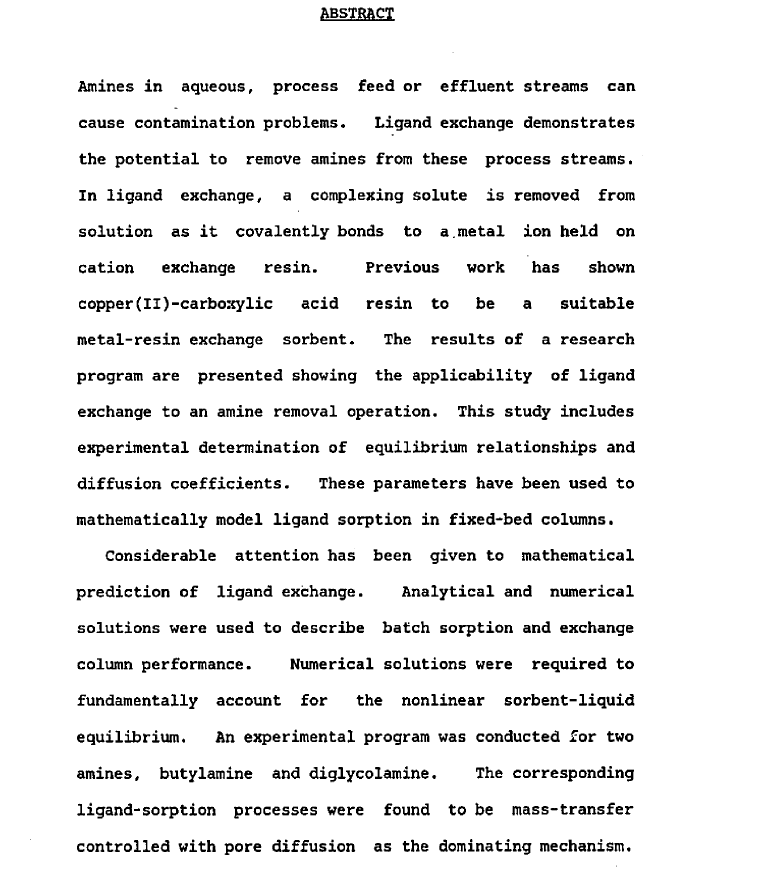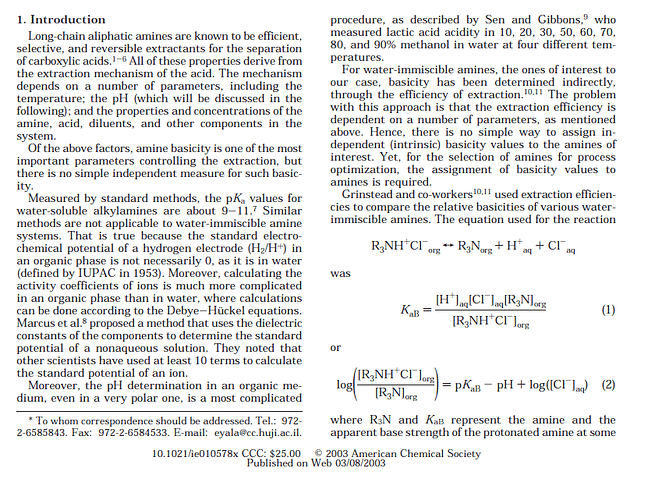In part 1 some details regarding amine sweetening and merox treating of LPG were highlighted. This all began after initial discussions and theories were based on potential of hydrogen peroxide ppm being a possible cause, but it pertained mainly to the material not the solvent.
There was a strong likelihood in our minds that the solvent was causing this “feature” to occur, and so we began taking a look at the refineries. Originally we thought potential contamination from residual ppm of Isobutane could be the reason as it was the only other substantial residual commonly found within packaged solvents used in our industry. That was not it, so the search continued.
We identified a highlighted interest in Ammonia mainly because it was also already established as a potential candidate as per @Roguelab and @Photon_noir indications.
Throughout the process flow we saw Merox and decided to get into that a little more.
TL;DR
After the community was able to correlate a matching theory:
to our independent research;
We dug deeper, and learned about some considerable key factors. Mainly that; as per many of @moronnabis comments in various discussions on this forum, pH plays a very key role since Amine’s are salts. Its likely that a lewis base is required within a wash, and this is exactly what the Merox and its regenerative processes do, I am no chemist but what I think folks are missing is that you don’t need very much of this stuff to create a chain or continuous cycle of reaction (correct me if I’m wrong).
Amine Removal From Aqueous Process Streams by Ligand Exchange…pdf (7.9 MB)
Opportunity crudes
As the environmental and geopolitical landscapes shift, and we work to change our energy supply sources. The actual sourcing of input crudes will vary more and more and thus opportunity to utilize the “perfect” amine cocktail in LPG treating cheap sour gas from a cost perspective will result in these changes with the butane and propane used in botanical extraction.
neutralising-amine-selection-for-crude-units.pdf (554.3 KB)
^^^ This guy knows what’s up and can explain in technical terms for those that are savvy, and if were lucky he can chime in and kickoff the conversation. But, what I am here to tell you is this; we kind of think the addition of a tertiary amine may have occurred since 2020 and continued sporadically with different supply channels and other things like the Bakken plant being back online, etc.
I believe but perhaps am confusing myself that in my prior reading of many papers there was mention of tertiary amines not being removed but actually neutralized. I think that basically means there is a “liquid salt” in residual that is neutralized but possibly becomes “active”(?) when interacted with carboxylic acids.
It’s Not Methanol?!
We think that methanol can be used for transfer pipelines, and in liquid containers, so it seems more like a common byproduct of the handling and shipping procedures. We also don’t think a primary amine is root cause since they have been used prior to any noticed changes in supply line. We think the only variable would be the addition or removal of a tertiary amine solvent, that is if the amine theory is correct in general.
By the way, @Dukejohnson is a very good dude, glad to have met him in Toronto. I’m not in any way attempting to discredit his thread or any of the work those folks have attributed towards discovery and providing solutions for “Medusa”.
Shoutout to @Graywolf, @Zack_illuminated, and others! for working with us on this stuff.
Please feel free to provide your thoughts, and or any input. I don’t claim to know exactly that this theory is correct, its just a theory.
Sour Gas = More Salt, too much salt, more than the refineries care to try and beat up their equipment removing so neutralized amines are better, but they can react with carboxylic acids?

